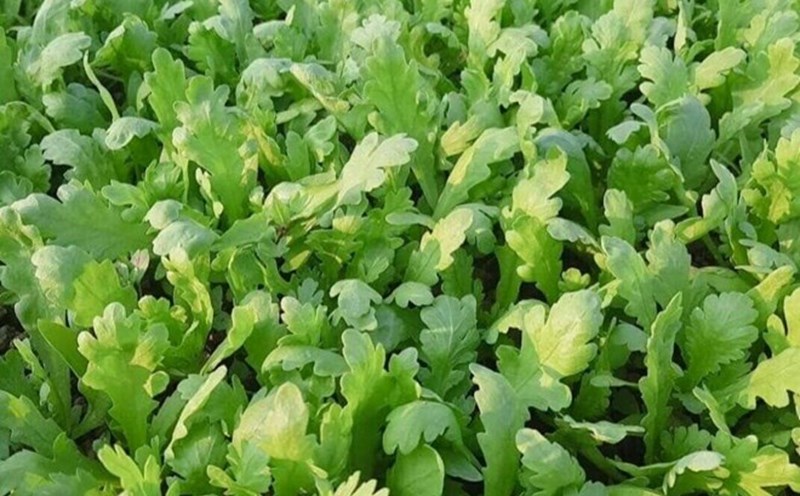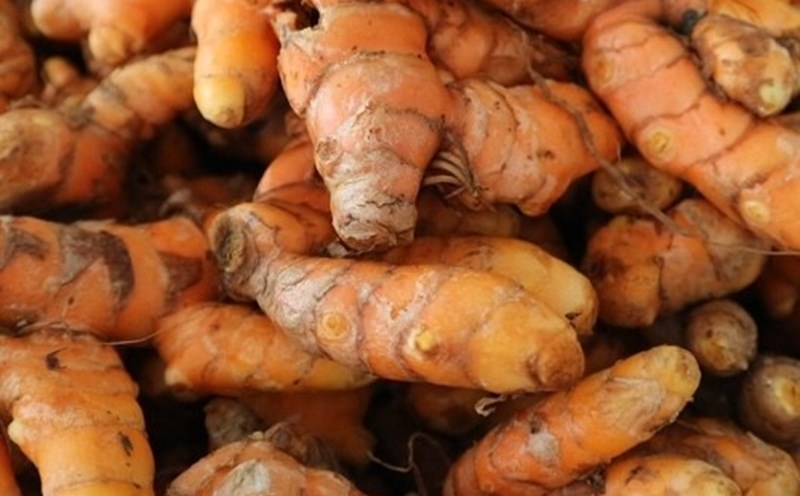Here are 4 main effects of pork fat.
Good for the heart
Pork fat contains a significant proportion of monounsaturated fats, especially oleic acid, similar to that in olive oil.
Monounsaturated fats have been shown to reduce LDL (bad) cholesterol levels and increase HDL (good) cholesterol, thereby supporting heart health.
Pork fat contains higher amounts of monounsaturated fat than butter, helping to reduce the risk of cardiovascular disease.
Stable and safe when cooking at high temperatures
Pork fat has a high smoke point and a stable chemical structure, making it suitable for high- Temperature cooking methods such as frying and stir-frying.
A study cited by Nutrition Advance compared the oxidative stability of pork fat with vegetable oils such as sunflower oil and peanut oil, showing that pork fat is more stable when heated to 200°C.
This means that pork fat is less likely to produce harmful compounds when cooked at high temperatures.
Providing natural vitamin D
Outdoor pig fat can be a significant source of natural vitamin D. Vitamin D is very important for bone health and the immune system.
According to Health Benefits Times, pork fat contains a significant amount of vitamin D, especially when pigs are exposed to sunlight. However, the vitamin D content in pork fat depends on the feeding conditions of the pigs.
Positive impact on the intestinal microbiome
Some studies show that pork fat can positively affect the gut microbiome.
According to an article in the Kitchen Journal, pork fat contains a unique combination of fatty acids that can have a positive impact on the gut microbiome, helping to maintain the balance of beneficial bacteria.
This balance is important for overall health and reduces the risk of chronic diseases.
When used properly, pork fat is not only delicious but can also bring health benefits as analyzed above. Here are some popular dishes made from pork fat:
Chives (or fatty rice):
The pork fat is dipped in fat, then fried until purple and fragrant.
The golden crispy fat is mixed with white rice and onion fat.
Typical taste: Reese, fragrant, crispy.
Boiled vegetables with fat fish sauce:
The pig fat is used to get fat.
Mix the fish sauce with garlic, chili, sugar, lemon, add the crispy fat. Eat with: Water spinach, collard greens, boiled okra...
crispy stir-fried noodles with pork fat:
Use the pork fat to fry the noodles until crispy.
Saute vegetables, meat, and seafood in greasy water to preserve the aroma.
Squeeze the fried noodles into a rich, fatty, crispy, energetic dish.










